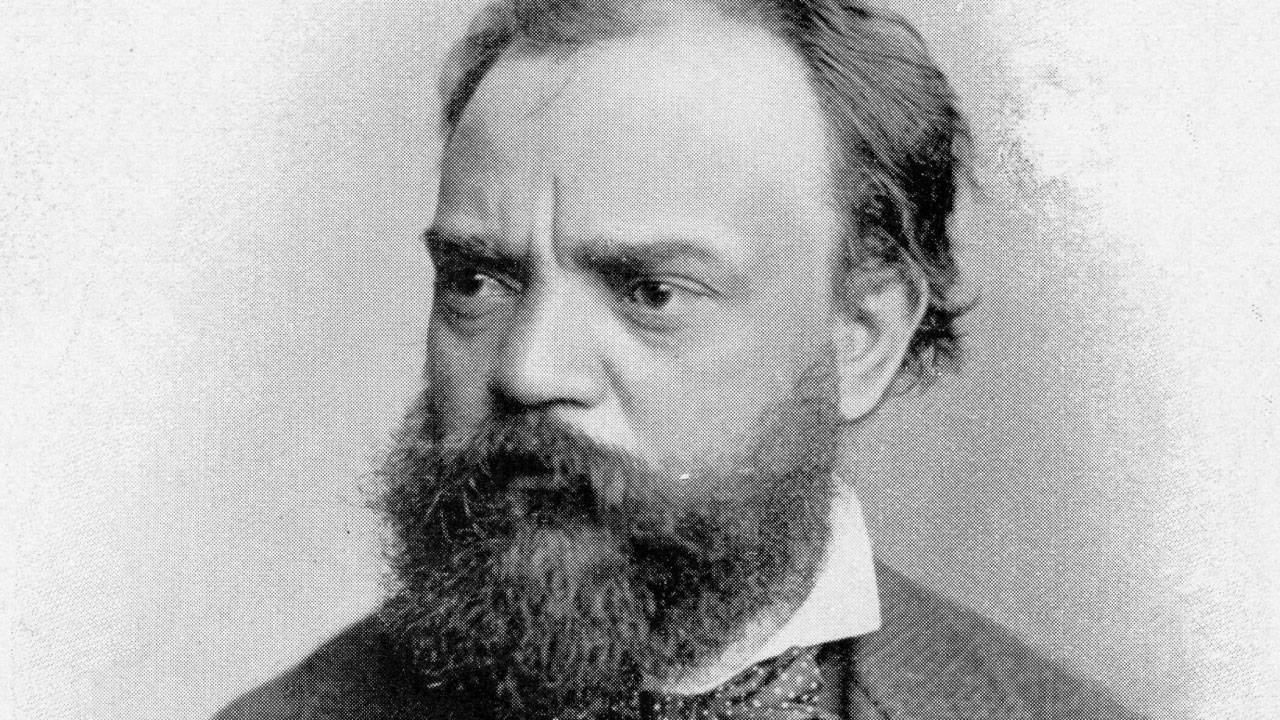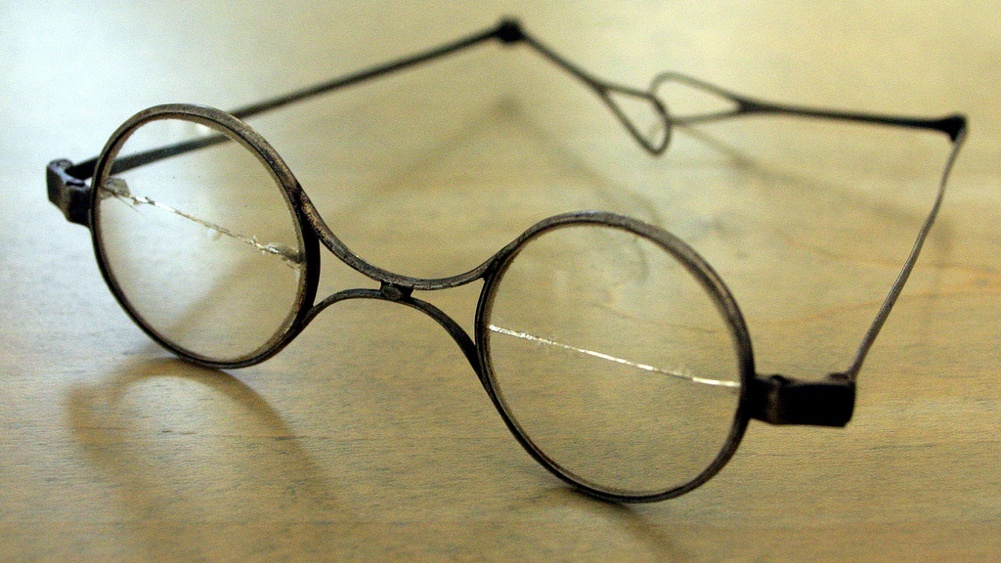Schubert’s Piano Sonata No.21 in B-flat Major, Mitsuko Uchida
“The opening movement of the Sonata [No. 21] in B-flat Major goes beyond analysis,” writes the pianist Stephen Hough. “It is one of those occasions when the pen has to be set down on the desk, the body rested against the back of a chair, and a listener’s whole being surrendered to another sphere.” This was Franz Schubert’s last instrumental work. Completed in the autumn of 1828 during the final months of …







